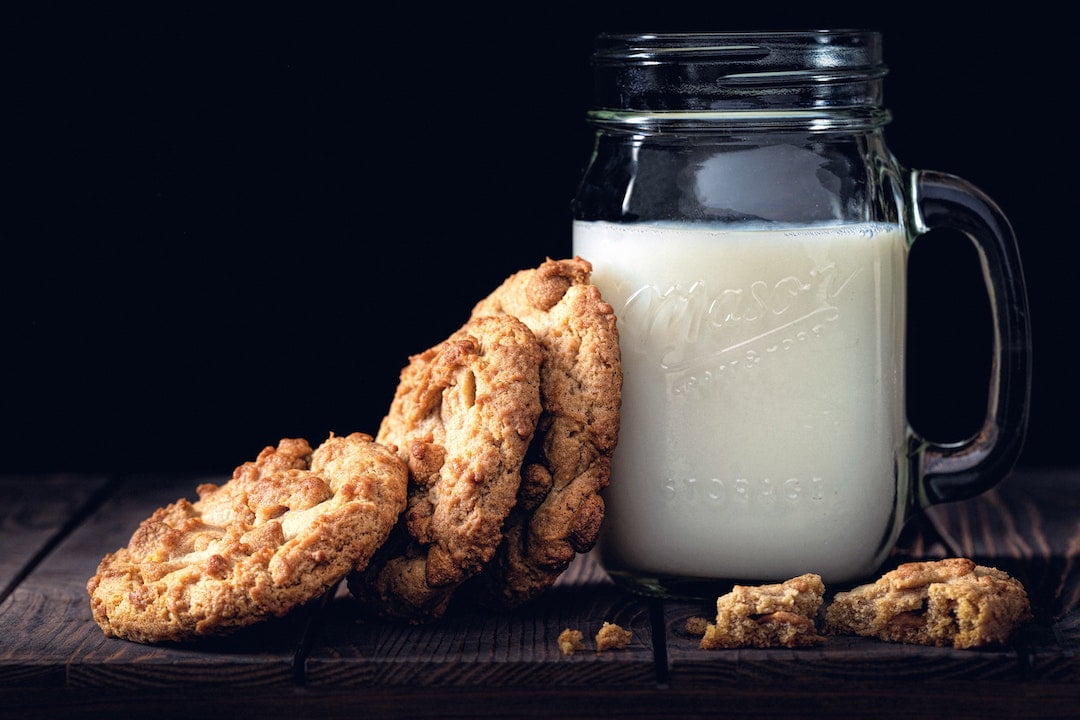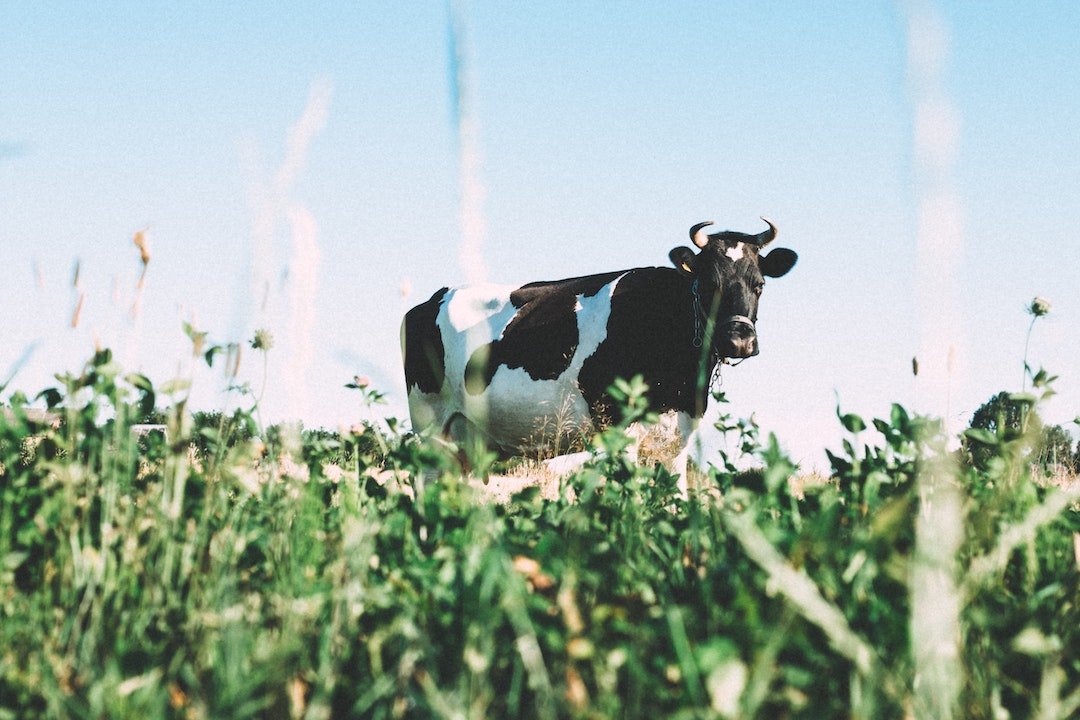According to a new industry report from Rabobank, the drinking milk market continues to be essential to Australia’s dairy industry.
Rabobank claims that while drinking milk has struggled in the past due to challenges including major discounting, it remains a significant part of the country’s dairy production. In fact, it accounts for 30 percent of total milk production, and generates over $4 billion in annual revenue.
With retail pricing improving, and opportunities for future growth continuing to reveal themselves, things are looking good for Aussie dairy farmers.

Fortunate farmers
A large focus of Rabobank’s report was the impact of drinking milk on the national market. It claims that the liquid milk market helps supply chain efficiency, supporting the “dairy value chain and leading to stable farmgate milk prices over multiple seasons for milk suppliers servicing the drinking milk market.”
The report goes on to state that “drinking milk, being a staple product in the consumer basket, will remain a large and important category for Australian milk utilization.”
This is good news for farmers, who previously faced significant supermarket discounts and other profit challenges. According to Rabobank Senior Dairy Analyst Michael Harvey, “as we begin 2023, the market is experiencing a structural increase in consumer prices across the dairy aisle, led by drinking milk in particular.”
Due to increasing farmgate prices and the costs of the supply chain, farmers will be glad to see higher returns for their produce over the coming months.
“For dairy farmers, higher consumer prices for milk and dairy products is welcome news. It will ensure higher and more stable returns for the market and mitigate the potential volatility in returns in other channels.”

Michael Harvey, Rabobank Senior Dairy Analyst
Calling all consumers
However, while farmers can celebrate greater profit, the drinking milk industry will continue to provide for customers as well.
Across the country, Australians are massive milk drinkers. According to Dairy Australia, we consumed more than 2.5 billion liters of drinking milk in 2022. That is approximately 30 percent of the estimated 8.554 billion liters of raw milk produced across the year. In fact, our per capita consumption is among the highest in the world
“The average Australian consumes a large volume of drinking milk, ranking only behind Ireland, Finland and New Zealand according to the International Dairy Federation,” says Mr. Harvey.
However, this comes alongside the report’s assertion that Australia’s milk market is “extremely mature.” Shifting dietary habits are leading to lower overall desire, and people are often seeking out alternatives in soy and almond milk. This is only expected to continue, with domestic milk consumption falling over 13 percent since 2013.
“This is not a story unique to Australia, however,” says Mr. Harvey. “In many westernised economies, consumption of drinking milk shows a similar trajectory.”
With so many affordable and accessible alternatives, it’s easy to see why Aussies would be turning away from the classic full-cream milk in their coffee. Thankfully, while drinking milk demand is certainly declining, other dairy areas – such as cheese – are seeing increased demand.
As such, it’s clear that Australian consumers will continue to have access to quality dairy products.

Eyes on the prize
It’s not just national statistics that have Robobank excited though, as Australia’s drinking milk exports are showing great promise. So far, they’ve increased by more than 200 million liters over the past decade.
China continues to be a major market for Aussie farmers, with the total volume of milk exports expanding by around 25 percent each year.
“And while not growing at the same pace as China, export volumes to Southeast Asia have been increasing on average by double digits over the same period,” says Mr. Harvey.
Australia’s dairy market is looking stronger than ever, giving farmers confidence that demand will continue over the coming years. However, it remains to be seen how an increased call for sustainability, limits of local dairy supply capacity, and cost competitiveness of imported milk will affect the market this year.
The Australian dairy industry will need to continue producing and innovating if it hopes to maintain these encouraging figures.
To discover more about the dairy industry, click here.

